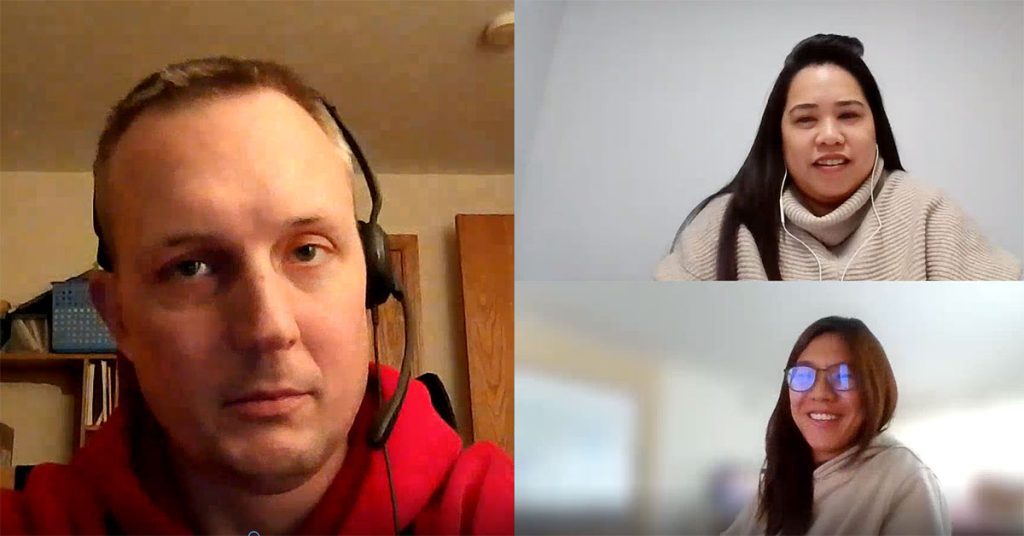Designed to Include: The Dot Experience Begins with Accessibility

Every aspect of The Dot Experience, from the elevator shaft to the carpeting is being carefully planned, built, and tested to achieve the highest standards of accessibility. This commitment is more than just a nod to compliance; it reflects a deeply ingrained APH ethos, “Welcome Everyone!” The Dot Experience is not merely retrofitting accessibility; it is the very core of the design. Thirty-four years after the Americans with Disabilities Act (ADA) ensured civil rights for people with disabilities, The Dot Experience is reframing what accessibility in museums truly means.
But how did we get here? Aren’t most museums already accessible? Wasn’t the old APH museum accessible?
The journey to this point has been long and complex because accessibility requirements differ with each unique individual. While it took the ADA and the 1973 Rehabilitation Act to standardize and define accessibility in a meaningful way, there have been notable, earlier attempts to make museums accessible.
For instance, in 1909, the American Museum of Natural History in New York City allowed visitors who are blind tactile access to taxidermized specimens. In the 1960s and 1970s, there was a surge of art exhibitions specifically curated for visitors who are blind and low vision, focusing on tactile objects and sculptures. Even earlier, the Boston Children’s Museum began offering classes for children who were blind or deaf in 1916, and in 1976, they opened a landmark exhibit to further these efforts. Helen Keller’s visit to Henry Ford’s Menlo Park Laboratory in Greenfield Village in 1930, documented in a photograph held in the AFB Helen Keller Archive at APH, stands as a reminder of the importance of accessibility in historical spaces.
The ideal of inclusion, even in museums, is not something that occurs naturally; it must be actively created. It requires a collective effort, where one person can indeed make a big difference, but the involvement of many is necessary to achieve true inclusivity. The Dot Experience is not just a museum; it’s a testament to what can be accomplished when accessibility is at the forefront of design, ensuring that everyone, regardless of ability, can engage fully with the world around them.
Share this article.
Related articles

Louis and the AMP Database: Supporting Students and the Field
The Louis Database The concept of sharing information between braille-producing agencies dates back to the 1950s, when APH used a...

Creating Inclusive Museum Experiences: The Role of Media Integration in The Dot Experience
We recently had the opportunity to talk with Billy Boyd and Annie Schauer from Solid Light to learn more about...

Taking to the Skies: Making In-flight Entertainment More Accessible
When traveling by plane, it’s easy to point out in-flight features that are typically inaccessible to people who are blind...
